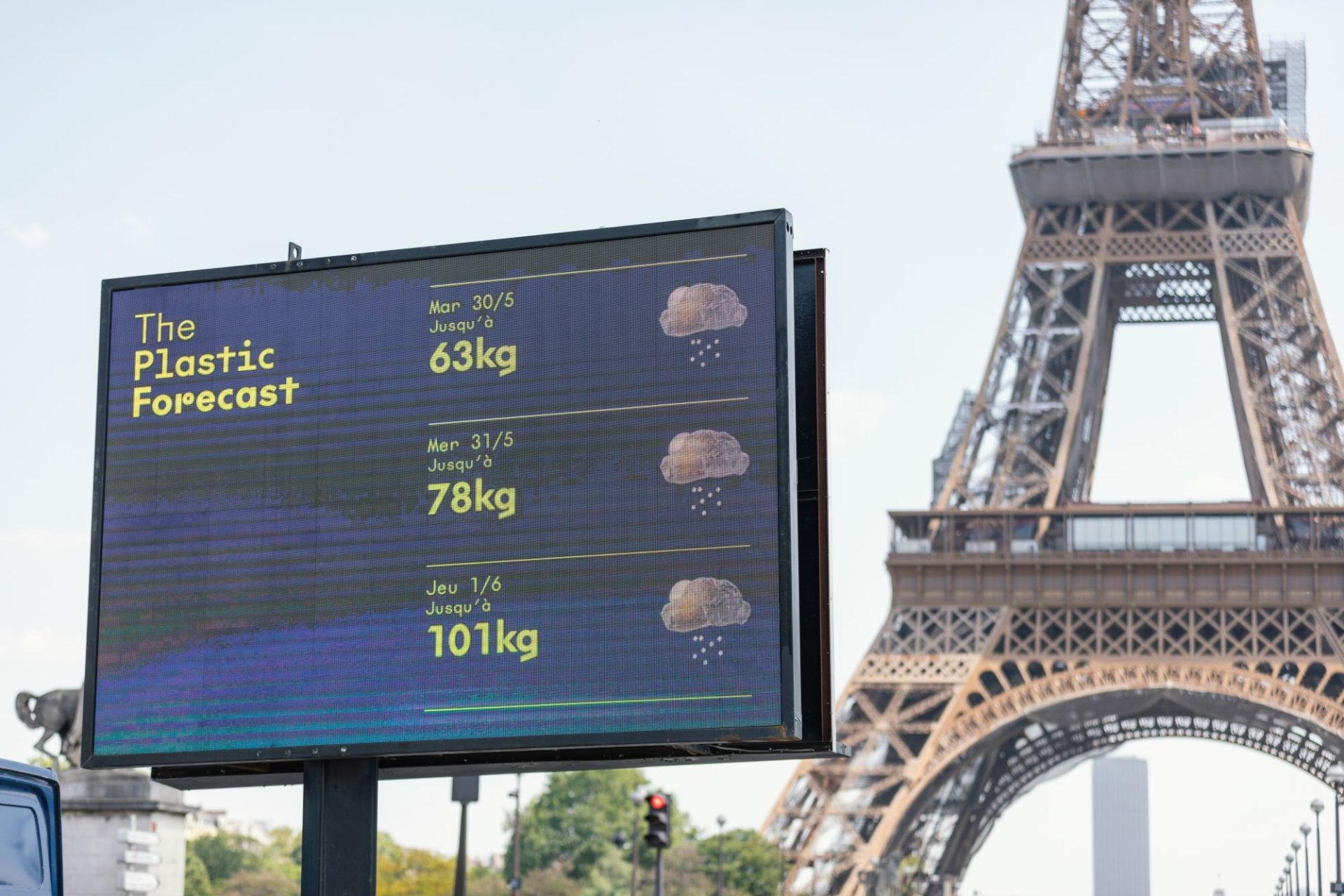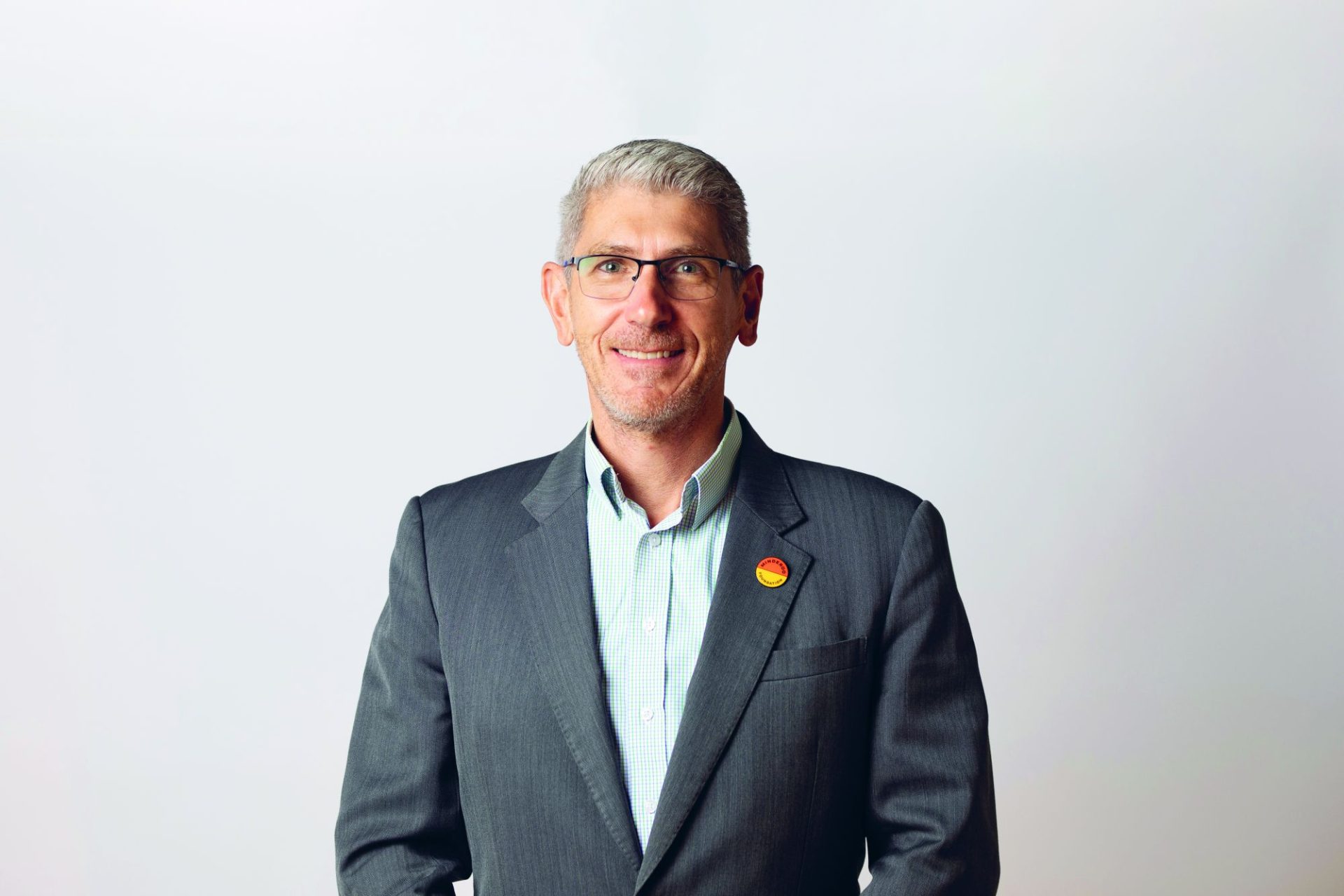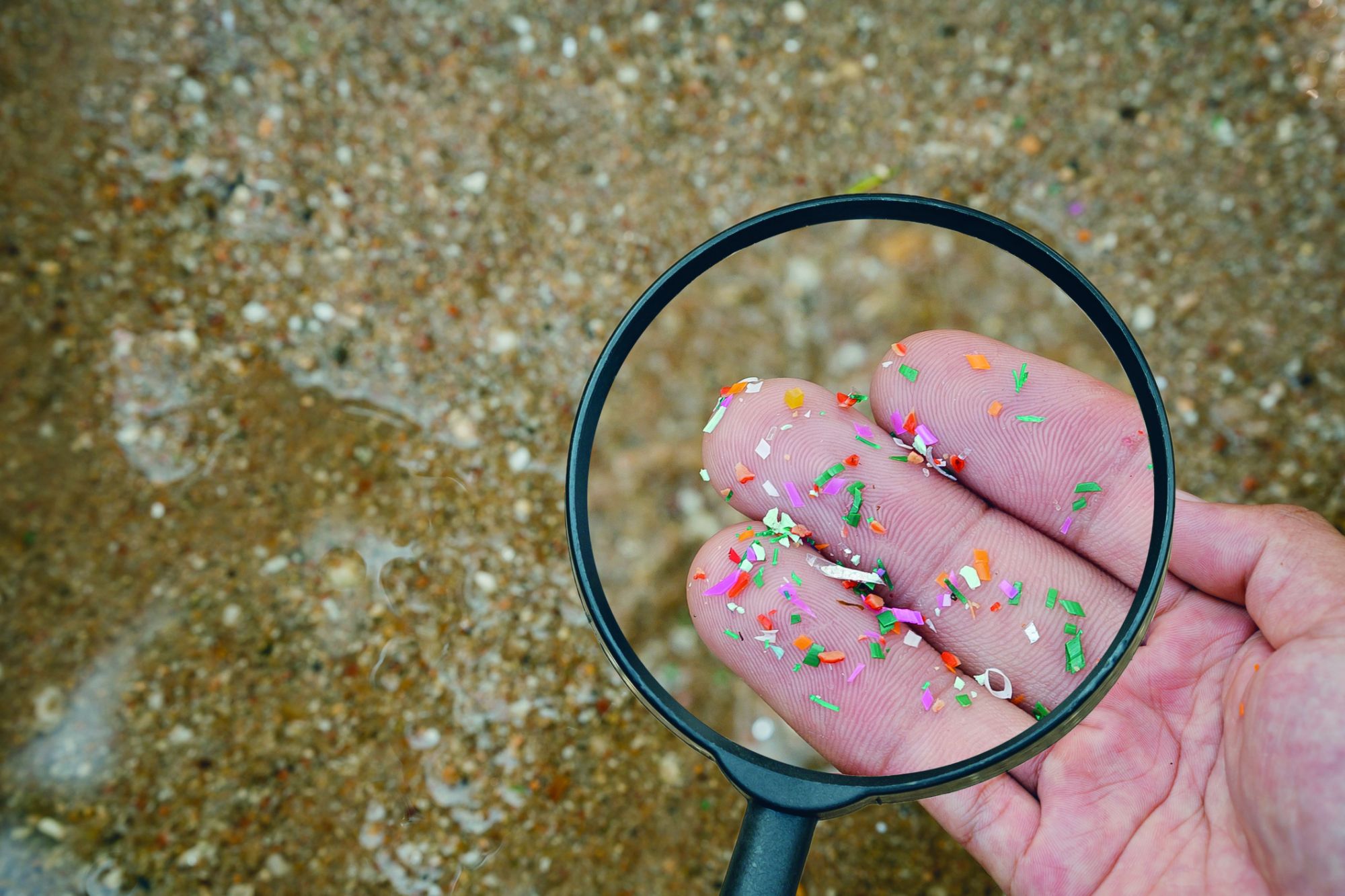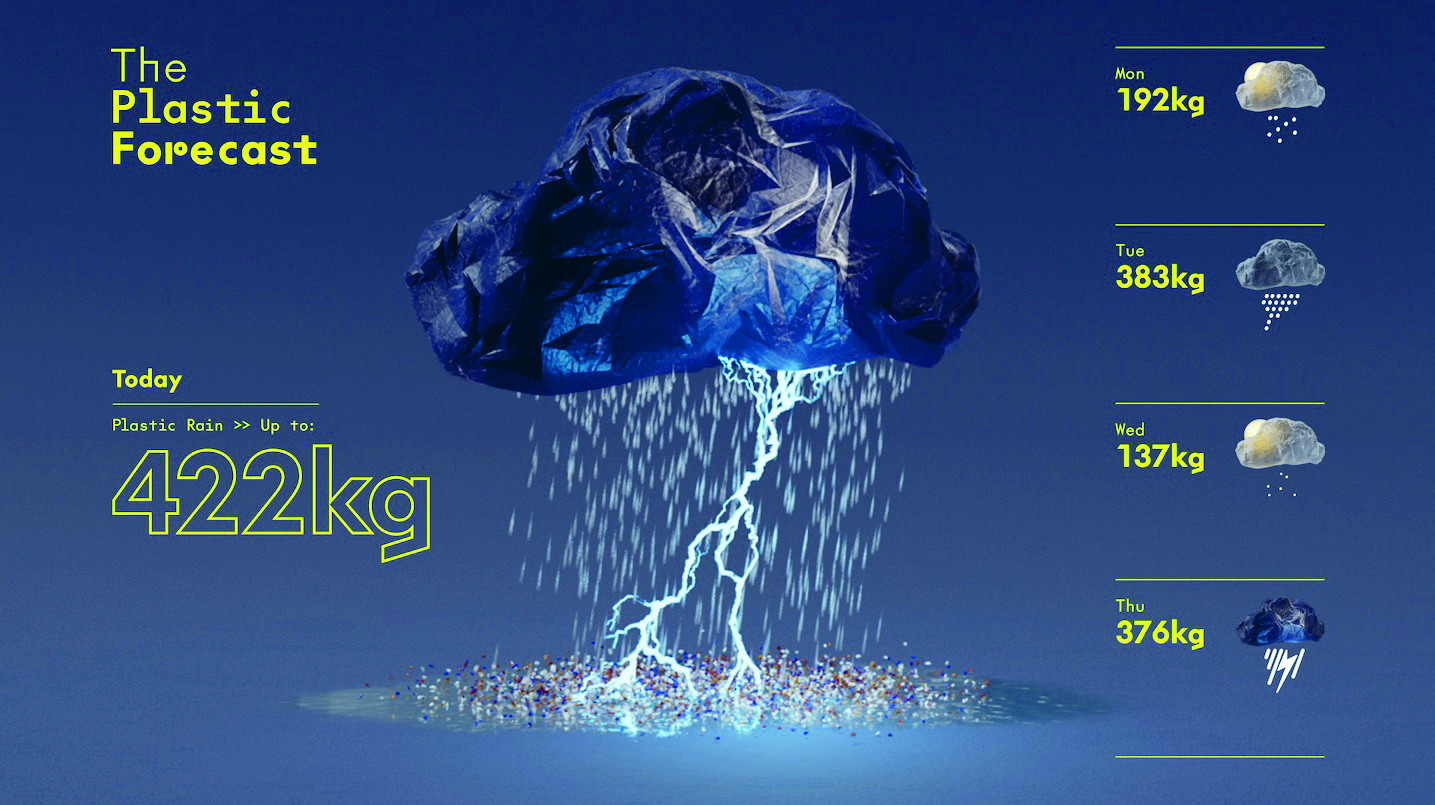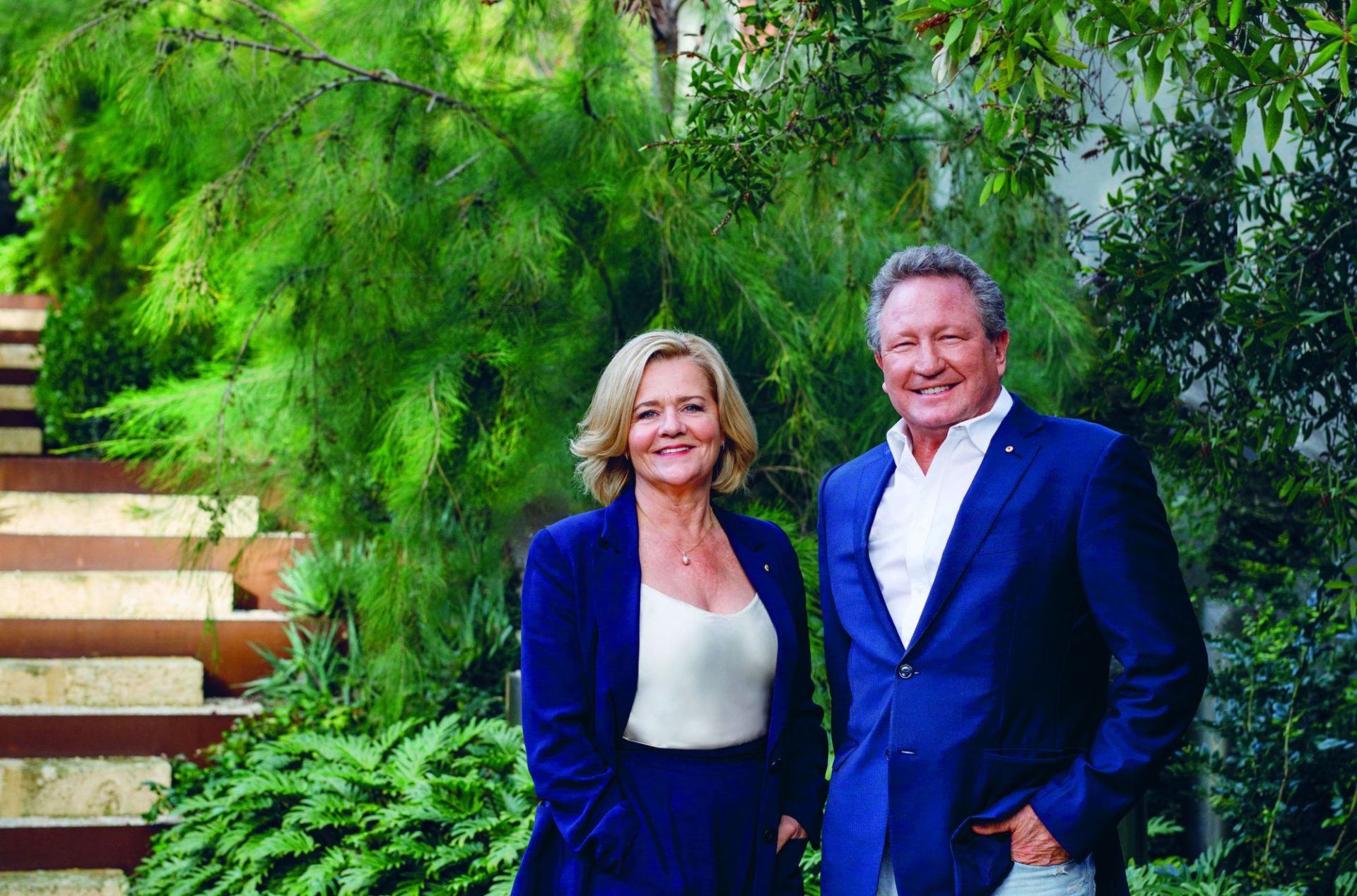Chance of showers – with plastic
From all kinds of packaging to microbeads in body washes, plastic is ever-present. Versatile, convenient and cheap, it nonetheless takes a toll on our environment. Now, Australia’s Minderoo Foundation is using proof of plastic fall over major cities such as Paris in the urgent race to stop plastic production for good.
Written by Jeni Bone
24 August 2023
Plastic pollution is everywhere, contaminating our waterways, soil and even rainfall as it breaks down into tiny particles and is released into our atmosphere, constantly falling to the ground, and in even greater quantities when captured in rain.
Of the 8 billion tonnes of plastic produced since largescale production of the fossil-fuel-based material began in the 1950s, less than 10 percent has been recycled, meaning more than 90 percent has either been landfilled, incinerated or survives to this day to leak into the environment. And, as production is forecast to treble over the next decade, by 2060 we will literally and figurately find ourselves drowning in 25 billion tonnes of plastic waste.
The World Economic Forum estimates that by weight, there will be more plastic in the ocean than fish by 2050. Alongside the escalating waste problem is a growing concern about the risks to both climate and human health that are posed by toxic chemicals across the plastic production pipeline – these harmful substances contaminate the water we drink, the food we eat and the air we breathe, increasing the risk of major health concerns.
Minderoo Foundation scientists have used Paris weather data to prove that plastic has infiltrated the atmosphere and rain.
Coinciding with the United Nations’ second meeting to negotiate a legally binding Plastic Treaty to end plastic pollution – held in Paris from 29 May to 3 June and involving 193 UN Member States – they modelled the data into a new kind of weather forecast.
Dr Tony Worby, Director of Planet Portfolio and Flourishing Oceans at Minderoo, unveiled The Plastic Forecast, which uses research on atmospheric plastic dynamics in combination with traditional weather forecasts to estimate the daily plastic fall in an easy-to-understand weather report for Paris. On a sunny day, data shows up to 40 kilograms of plastic fall, which increases with rainfall. At a 100-percent chance of rain, the model shows up to 422 kilograms of predicted plastic rainfall in Paris in just one day. And that’s the Plastic Forecast for just one city.
The aim is to raise awareness about the severity of the plastic pollution crisis along with a clear message that an international legally binding instrument drafted by UN Member States can change the forecast, providing a once-in-a-generation opportunity to tackle the harmful effects of plastic on people and the planet.
Dr Worby describes the Plastic Forecast as a “lightbulb moment” for every individual who cares about human health and the environment, which are inextricably linked. Plastic’s threat to the marine environment is well publicised, but over the past decade scientists have discovered micro (less than 5 millimetres in length) and nano (smaller than approximately 1,000 nanometres) plastics in bodies of fresh water, soil and air, even in conservation zones.
Invisible to the eye, these micro and nano plastics enter the air from industry, agriculture and transport via the degradation of large plastic items and evaporation from the ocean and waterways as well as everyday activities such as fibres expelled from a clothes dryer.
They are swept up by the wind and transported over large distances, evidenced by their presence in apparently pristine areas such as the Arctic, the French Pyrenees and national parks in Hokkaido, Japan’s northern island.
“The exceptionally small plastic particles are so tiny they can be agitated and suspended into the atmosphere,” says Dr Worby. “While suspended, they can be inhaled directly by living beings and are deposited at rates depending on environmental conditions, such as rain, washing out into waterways and oceans.
“These micro and nano plastics act as a vessel for the harmful chemicals they contain, or for other chemicals and bacteria they’ve collected while in the environment.
Wherever these micro and nano plastics go, they can enter living organisms, including humans, and bring in these chemicals and bacteria. A whole range of negative health effects in humans are linked to exposure to these chemicals, such as adverse birth outcomes, neurodevelopmental disorders and cancers.
“The Plastic Forecast highlights this fact and will undoubtedly strike a chord with the general public,” he adds. “We believe this will be a powerful tool to generate widespread public support for an ambitious plastics treaty that halts unsustainable plastic production.”
Previous research has successfully detected plastic in both the food we eat and the water we drink. In a recently published paper on the harm posed by plastic to planetary and human health, the Minderoo Foundation and other world-leading healthcare, ocean and environment researchers collaborated to show plastic as a severe hazard at every stage of its life cycle.
“The Plastic Forecast has proven that this threat is practically impossible to avoid,” said Dr Marcus Gover, who heads plastics research at Minderoo Foundation.
“Our recent data, published in the Minderoo–Monaco Commission on Plastics and Human Health, has demonstrated that harmful chemicals leach from plastic during production, use and disposal; plastic particles break down into the environment; and this toxic cocktail ends up in our bodies, where it does unimaginable damage to our health.
“In the ocean, plastic’s harms similarly extend far beyond the visible and wellrecognised damages of beach litter, contaminated mid-ocean gyres and physical injury to marine species and include extensive injury to marine ecosystems.”
Minderoo Foundation’s policy team, who were in Paris for the negotiation meetings and delivered their findings, called on UN member states to end plastic pollution and protect human health and the environment from its adverse impacts.
Their report was supported by a Plastic Forecast campaign broadcast on mobile screens and digital billboards throughout the French capital during the INC-2 from 29 May to 2 June, generating media coverage and raising awareness.
“It’s confronting, but there is hope,” stated the researchers. “To end plastic pollution, we can’t just address plastic waste. We need to look at the source of the problem – the companies making polymers, the building blocks of all plastic.
“According to our recently released Plastic Waste Makers Index, more than half the world’s single-use plastic waste can be traced directly to just 20 petrochemical companies.
The researchers continued, “History has shown it’s difficult to effect meaningful change at a country level – plastic doesn’t respect borders and doesn’t easily degrade; that’s why we need the 193 UN member states to work together to tackle the problem.
“This treaty presents a unique opportunity for humanity and our world to harmonise efforts in addressing this global problem to create a future free from plastic pollution harm.”
The Minderoo Foundation’s goal is to ensure an ambitious and paradigm-shifting global plastics treaty with broad international uptake is informed by science and achieves specific goals.
Their key recommendations are to: limit fossil-fuel plastic production and consumption; support the transition to a safe and just circular economy for plastics, including by ensuring that plastic products and materials are designed to enable circularity and are circulated in practice; eliminate problematic and harmful substances and materials; eliminate plastic leakage to the environment across the life cycle, including through environmentally sound plastic waste management; and align all public and private financial flows with the treaty’s objectives, such that harmful flows are eliminated and resources for the transition to a safe and just circular plastics economy are increased.
Once the Minderoo Foundation plastics research team deciphers the data on which cities can supply the robust information required, they intend to roll out The Plastic Forecast to “one or more cities within the next two to three months,” they stated.
“This is our once-in-a-lifetime chance to change the Plastic Forecast. We must reduce virgin fossil-fuel plastic production and the UN Plastic Treaty can do that.”




